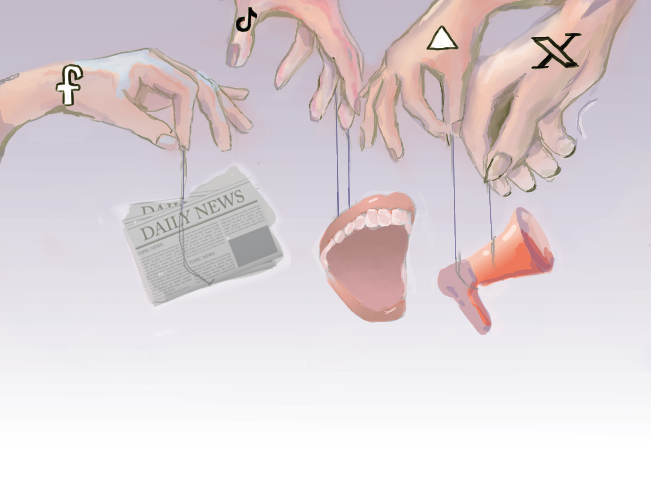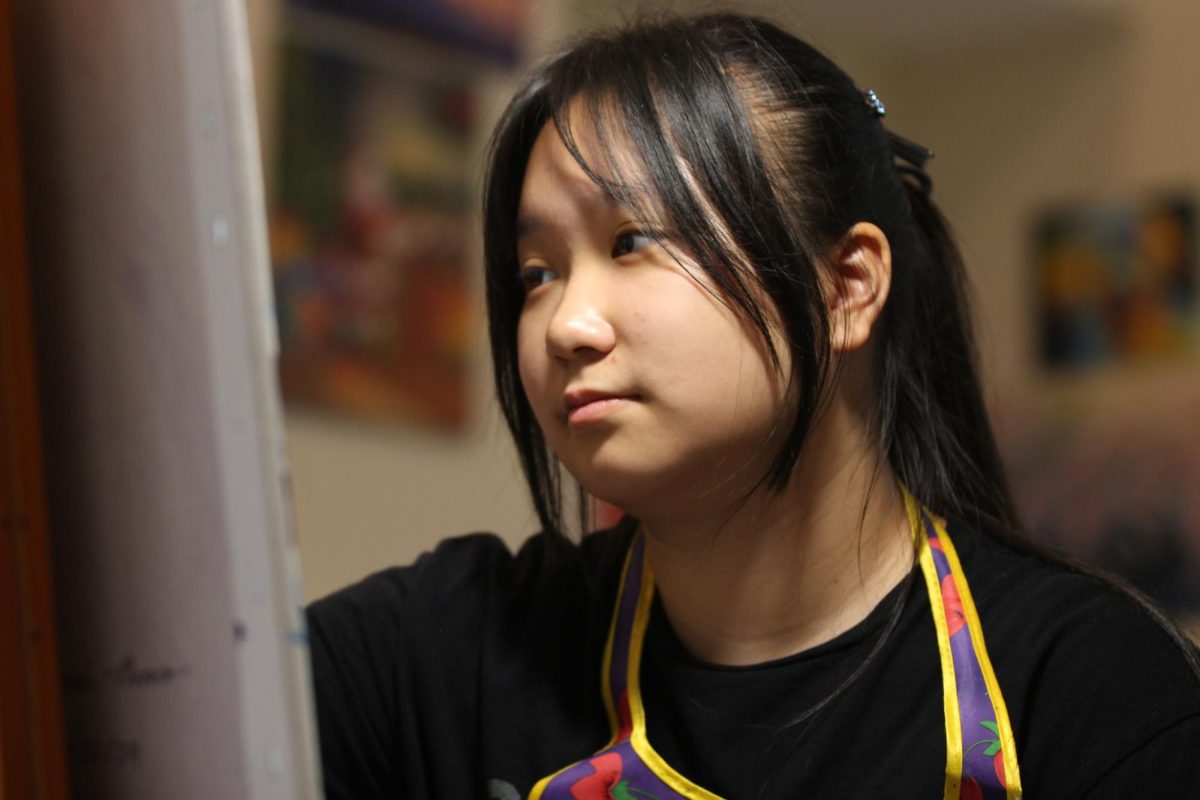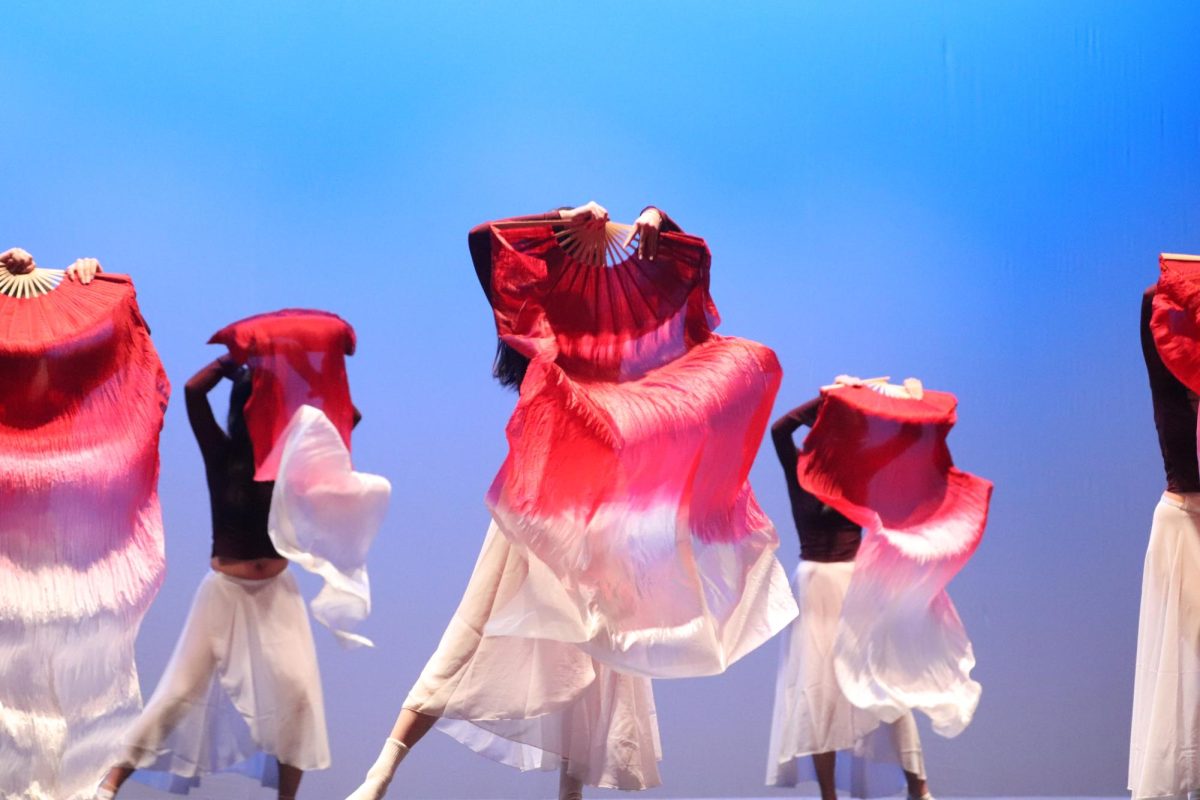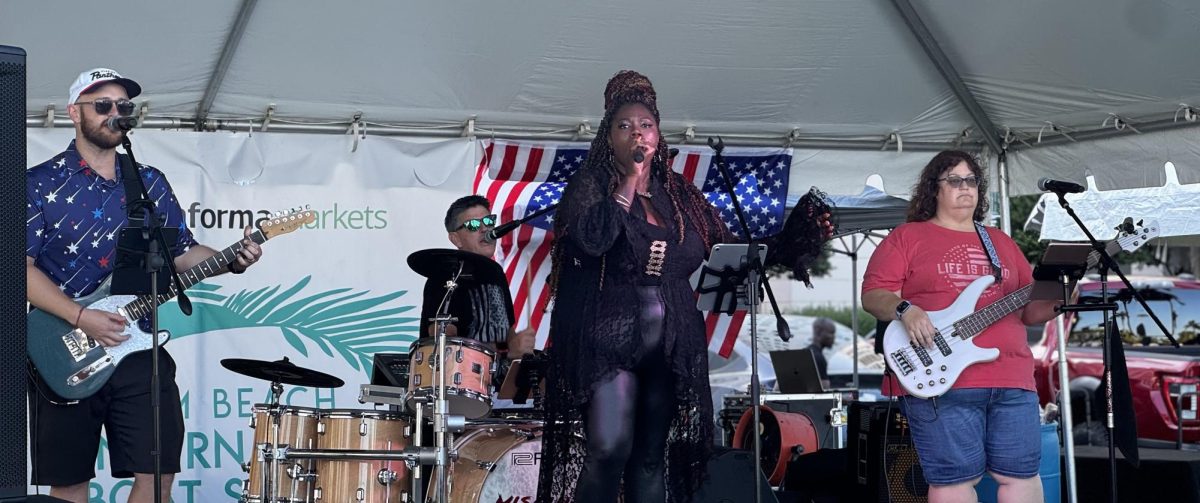
In the English language, pronouns are used to refer to a person based on their gender. Generally, women are addressed with “she” and “her” pronouns, while men are addressed with “he” and “him” pronouns. For many, this is where knowledge of pronouns begins and ends: something only to be thought of in an English classroom.
For transgender and non-binary students, however, pronouns carry much more weight. Non-binary students, who do not identify as male or female, often feel most comfortable with the neutral pronouns of “they” and “them.” These pronouns once were used to refer to plural nouns, but have grown to become a singular, gender-neutral pronoun. The Merriam Webster dictionary recently updated the definition of the word “they” to refer to a “single person whose gender identity is non-binary.”
Pronouns have gained a spotlight in recent years. Several celebrities have come out as non-binary, such as Ezra Miller and Sam Smith, bringing increased visibility to these identities.
In LGBTQ+ circles, many icebreakers begin by introducing oneself with a name and preferred pronouns. Thirty-eight colleges and universities, including Harvard, Case Western Reserve University and the University of Arizona allow students to indicate preferred pronouns on course rosters.
Pronouns have also gained a seat in many social media bios. This trend, which seems to have largely originated with the social media site Tumblr, but has spread to other social media sites such as Twitter and Instagram, is followed by transgender and cisgender people alike.
Politicians and celebrities alike have joined in on this trend. Presidential hopefuls Elizabeth Warren and Julian Castro have listed pronouns in their Twitter bios.
Cisgender people, like these candidates, list their pronouns with the hope of normalizing the practice, allowing transgender and non-binary people to list pronouns without additional scrutiny.
“I think everyone should put their pronouns in their bio,” sophomore Avery* said. “It’s not only normalizing, but it also makes things a lot easier. When your profile picture is not your face, I can’t really guess your gender.”
Some have also begun the practice of signing personal or work emails with pronouns. Kezia Gilyard, the LGBTQ+ Youth Coordinator for Broward County Public Schools, identifies as non-binary and signs their emails with their name and pronouns. The signature refers to them as “Mx. Kezia Gilyard, M.Ed.” (Mx. is a gender-neutral variant of Ms. and Mr.), and includes that their pronouns are “They, Them, Theirs.” They also include a link to an article explaining what they/them pronouns are and how they are used.
However, despite this wave of increased usage of pronouns, life for non-binary and transgender students still proves difficult.
According to a study conducted by GLSEN, roughly 3 in 4 transgender students reported feeling unsafe or harassed at school. These issues are echoed by individual students at Marjory Stoneman Douglas High School.
“I’m not entirely public with my identity,” Avery* said. “It’s just that there’s so much confusion around it, and I think a lot of people ridicule it just because they don’t understand. I’ve had classmates talk about how stupid it is, or make jokes about identifying as inanimate objects. It puts me in a really uncomfortable and embarrassing place, and it makes it much harder to come out when I’m worrying about whether or not I’ll even be taken seriously. I’ve never really told a teacher, out of the fear that I’d be treated as lesser for it.”
Broward County Public Schools currently has policies in place designed to protect trans and non-binary students from this kind of harassment. The BCPS Non-Discrimination Policy Statement 4001.1 states that “The School Board is committed to the provision of equal access… This policy is established to provide an environment free from discrimination and harassment based upon… gender expression, gender identity… sex or sexual orientation.” The language used is specifically chosen to include LGBTQ+ students. Despite this, transgender and non-binary students often experience backlash from both classmates and teachers.
Acceptance from teachers, in particular, is integral to transgender students feeling safe and supported in their learning environment. Transgender and non-binary youth are in a precarious position. Transgender youth have an extremely high suicide rate. According to a study by the American Academy of Pediatrics, 42% of non-binary youth, who fall under the umbrella of transgender youth, attempt suicide.
However, a different study by the same organization concluded that youth who transitioned into a supportive environment experienced better overall mental health and lower suicide rates.
Teachers often set the precedent for how students are treated by peers and thus can set the tone for whether or not an environment promotes acceptance of student identities. Pronoun usage can have a significant impact on whether or not a student feels accepted.
“When I first came out, I had this teacher who absolutely refused to call me by they/them pronouns,” junior Caspen Becher said. “She’d frequently misgender me in front of other students, and call me by the wrong name. It was humiliating.”
Becher’s issues lie not only with teachers but with other students as well.
“I get a lot of looks whenever I go to the bathroom,” Becher said. “I’m called ‘it’ a lot. It’s very hard for me, feeling like I have to justify myself to everyone else for just existing. I just want to exist, and have people respect my identity as a baseline, but some kids, for whatever reason, just can’t.”
This issue is voiced by teachers as well.
“Unfortunately, I do see a lot of the non-binary students I come into contact with being sort of dismissed almost by a lot of people,” Jessica Marino, ESE support specialist and former Gender-Sexuality Alliance sponsor said. “Most of it is accidental misgendering—it takes time to get used to they/them pronouns—but sometimes, it isn’t unintentional. I’ve seen this a lot from students, mostly, but there have been one or two teachers who don’t take them seriously. Thankfully, most of the teachers at our school are very respectful and open-minded, but one bad apple can ruin the bunch.”
Ultimately, though, transgender and non-binary students are hopeful that things are getting better.
“You know, at the end of the day, it doesn’t hurt you to respect me. It doesn’t cost you anything to show a little bit of compassion for another person,” Avery* said. “I think that it’s just a matter of time before people realize that non-binary people are just that: people. We come in all different shapes and sizes and look all sorts of ways, but we’re all still people.”
*Names indicated have been changed to preserve the student’s privacy.
This story was originally published in the December 2019 Eagle Eye print edition.







![National Honor Society Sponsor Lauren Saccomanno watches guest speaker Albert Price speak to NHS members. National Honor Society held their monthly meeting with Price on Monday, Nov. 4. "[Volunteering] varies on the years and the month, but we have started a couple new things; one of our officers Grace started a soccer program," Saccomanno said. "We have been able to continue older programs, too, like tutoring at Riverglades. NHS's goal is to have as many service projects as possible."](https://eagleeye.news/wp-content/uploads/2024/11/xNOeKNVwu7aErpVyJHrHogagZUUcLLosjtbIat94-1200x900.jpg)

![Ice Ice Baby. Skating to "Waltz" and "Romance" during her long program, figure skater Ava Zubik competes at the Cranberry Open in Massachusetts on Aug. 12, 2022. She scored a total of 86.90 on her short and free skate program, earning fifth place overall. "I try to make it [competing] as fun and enjoyable as I can because it's my senior year, and so I want to really enjoy competitive figure skating while it lasts," Zubik said.](https://eagleeye.news/wp-content/uploads/2024/11/skater1-799x1200.jpg)
